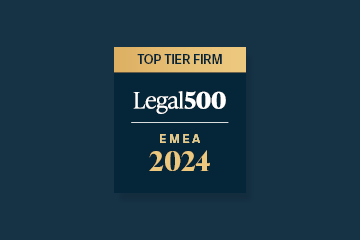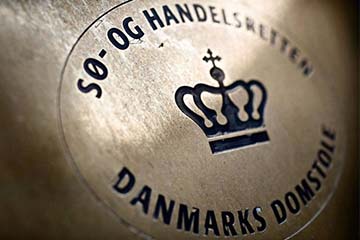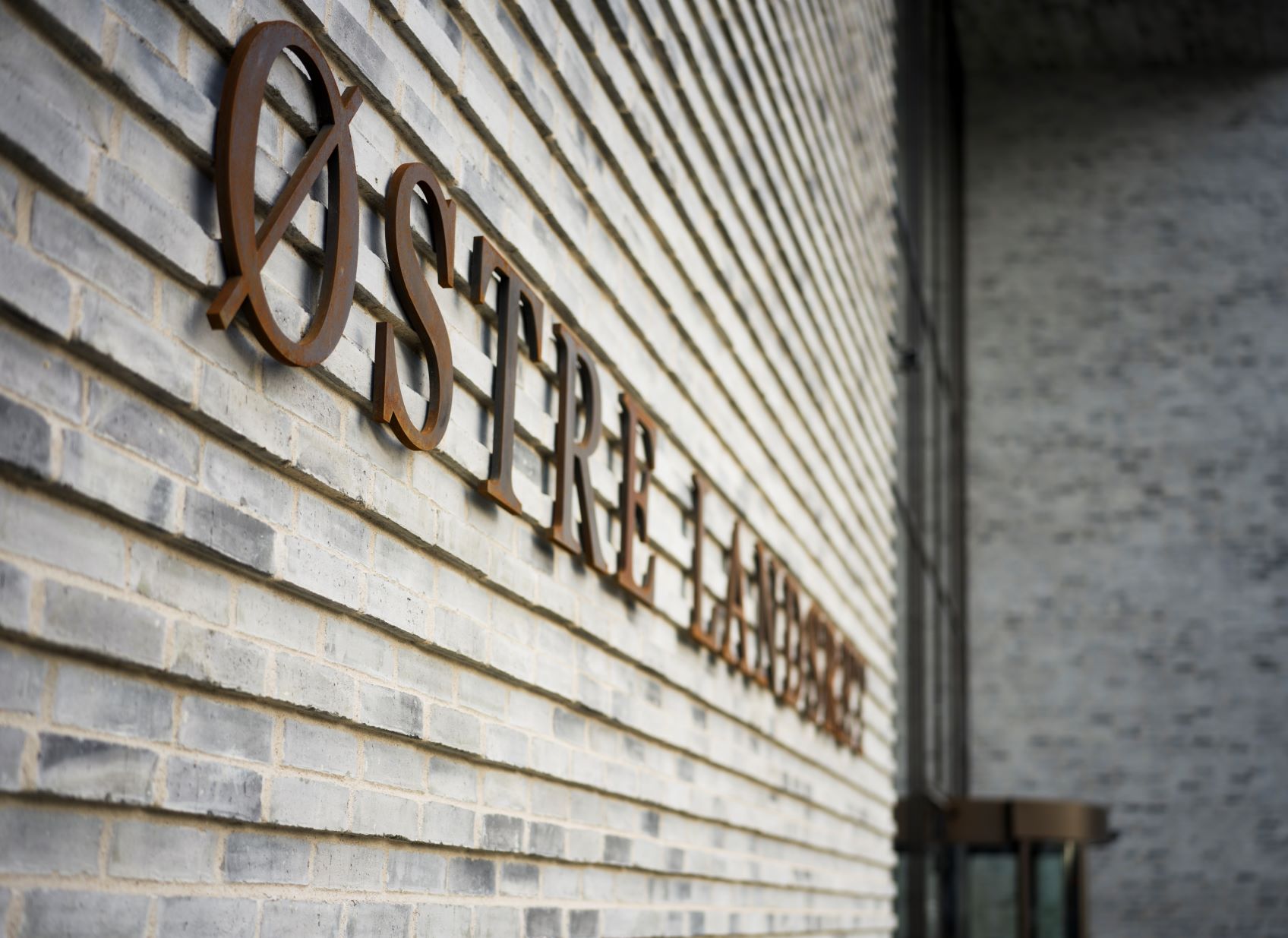Trademark rights in McDonald’s BIG MAC trademark partially upheld
The Board of Appeal (BoA) of the European Union Intellectual Property Office (EUIPO) has ruled that McDonald's BIG MAC trademark will not be revoked after all. The decision contains relevant points relating to evidence of the use of registered trademarks.
The EUIPO's decision
McDonald's has been the proprietor of the EU trade mark BIG MAC since 1998, and it is registered in foodstuff classes 29 and 30, among others. In 2017, the Irish fast food chain Supermac's filed a revocation request with the EUIPO regarding this trademark, alleging that McDonald's had not put the trademark to genuine use; meaning that McDonald’s had not used the trademark for the goods in question over the last five years.
Following that, the EUIPO made the sensational decision to revoke the BIG MAC EU trademark because the proprietor had not proven genuine use of said trademark. Plesner has commented on the EUIPO decision earlier, including the evidence filed by McDonald's in relation to the use of the trademark. We will just repeat that the EUIPO found that affidavits from McDonald's own representatives on the use of the BIG MAC trademark had limited probative value, as McDonald's own interests in the case could be affecting the affidavits, and as the promotional material as filed and the examples of packaging bearing the trademark did not constitute proof that products had actually been offered for sale under the trademark.
Subsequently, McDonald's appealed the decision, and BoA has now reached a conclusion.
The BoA decision
Firstly, BoA concluded that the material filed with the EUIPO was already sufficient to establish the extent of the use, and that this material was to be given greater weight.
BoA also assessed a number of new exhibits that McDonald’s had filed, comprising among other things:
- Consumer surveys showing a very high degree of awareness of the term BIG MAC.
- Several receipts excerpts from electronic cash registers demonstrating the actual sale of BIG MAC sandwiches.
- A financial audit report confirming that the actual sales were either equal to or exceeded data provided in the earlier evidence.
- A letter provided by a German employers’ and trade association in the restaurant chain sector confirming that the Big Mac sandwich is one of McDonald's best-selling products.
- Articles on the global use of the Big Mac Index.
- Additional advertising material.
- Photographs of the original Big Mac packaging as well as examples of the advertising of Big Mac menus used in McDonald’s restaurants in the UK and in Germany.
The opponent (Supermac's) objected to the inclusion of these new exhibits in the case. However, BoA accepted the additional evidence, reasoning that the exhibits only supplemented and built on the original exhibits; that the exhibits reacted to the first instance decision; and that the opponent had had a chance to examine the new evidence.
BoA found that McDonald's had submitted sufficient evidence of the use of the BIG MAC trademark for some of the goods and services for which the trademark is registered, including in particular foods prepared from meat and poultry products (class 29), sandwiches (class 30), services associated with operating restaurants, drive-through facilities and preparation of carry-out foods (class 42). It is especially interesting in relation to the latter of the above-mentioned services that McDonald's managed to prove that the term BIG MAC is not only used to identify a specific product, but it is also used in a way that contributes to distinguish McDonald’s from other fast food chains offering similar goods and services.
BoA also found that the probative value of affidavits from McDonald's own representatives and Wikipedia transcripts was higher than the EUIPO originally found. Finally, BoA found that it had been proved and was significant the BIG MAC trademark and the related products are so widespread and known in general that the national BIG MAC prices can be used as a benchmark for comparing the cost of living in different countries (the so-called Big Mac Index).
Plesner's comments
The decision is interesting because it provides clarity as to the evidence required for proving use of registered trademarks. The decision also shows that in some cases BoA accepts new evidence, if this evidence builds on previously submitted material and/or it is submitted in response to the first instance decision.
However, the decision does not change the fact that it is a good idea for a trademark proprietor to continuously store documentation regarding the sale of products under a trademark, marketing material, packaging, etc., proving that the proprietor has used its trademark. This applies no matter how well-known your trademark is.







